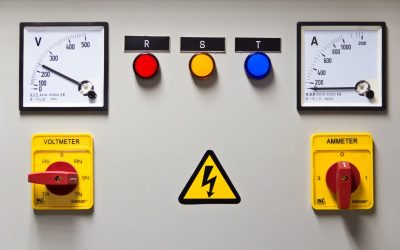Unfortunately, many homeowners get their information about lighting from blogs and articles online written by people that may be poorly informed or simply unaware of the advances made since the specific product was first introduced.
For homeowners considering upgrading from incandescent or fluorescent lighting to LED home lighting, getting the facts and learning to spot myths will help to determine if this is the best lighting choice for your home.
Myth: LED is High Cost
When simply comparing the cost of an incandescent light bulb and LED light there is a very big difference. There is no question that the cost of the LED light may seem staggering, but consider that the bulb will last, on average, 50,000 hours. This is about 50 times longer than the incandescent light bulb and about nine times longer than a compact fluorescent.
At the same time, the transition to LED home lighting will save on your electrical bill. These lights can reduce a typical home electrical bill for lighting by about 40% if the change is throughout the home.
Myth: LED Offers Low Light
There are different color temperatures of LED lights available. This ranges from the warmer or soft light options that produce a yellow to slightly yellow/white color. Moving up from that in temperature is the mid-range bright white light and then the very cool temperature light of blue.
In addition to color, LED home lighting is measured in lumens. Lumens can range from low levels to high levels, adding the level of brightness in a similar way to increasing watts on an incandescent bulb.
Myth: LED Bulbs Have a Short Life Cycle
As already noted, the average life cycle or life span of LED lights is 50,000 hours. Some bulbs will have a shorter life cycle than that number and some a longer life cycle.
The reality is that LED lights are very durable. However, it is important to note that these lights are rated for use in dry, damp or wet areas and choosing the right bulb for the right location will help to ensure the longest possible life.



